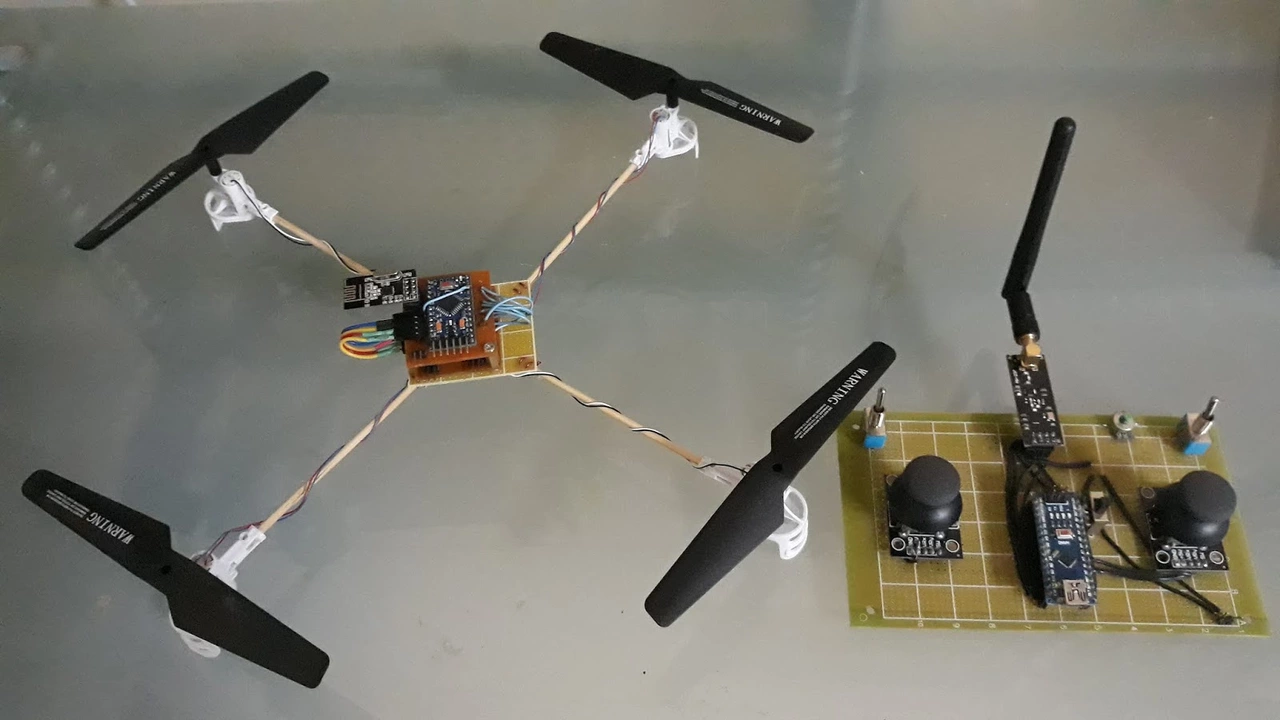Understanding the Basics of How a Drone Antenna Works
In this section, we will start by understanding the basic principles behind a drone antenna. The antenna is a crucial part of the drone as it is responsible for transmitting and receiving signals. The higher the quality of the antenna, the better the performance of the drone. It is also crucial to understand that the type of antenna you use will largely depend on the range and signal strength you want your drone to have.
Antennas work based on the principle of electromagnetic waves. They have the ability to convert electric power into radio waves and vice versa. When these waves are transmitted, they travel through the air until they reach the receiver antenna which then converts them back into electric power. This is how signals are transmitted and received by a drone.
Selecting the Right Materials for Your Drone Antenna
When it comes to building a drone antenna, the materials you choose will play a significant role in the overall performance of the antenna. Ideally, the material should be capable of conducting electricity and should also be lightweight to not add unnecessary weight to the drone.
Some of the materials you can consider include copper wire, aluminum, and brass. Copper wire is a popular choice due to its excellent electrical conductivity and flexibility. Aluminum and brass are also good options, although they may not be as flexible as copper wire.
Designing Your Drone Antenna
The design of the antenna is another important factor to consider. The design will determine how well the antenna is able to transmit and receive signals. There are different types of antenna designs that you can choose from, including dipole, monopole, and loop antennas.
The simplest design is the dipole antenna, which consists of two pieces of wire or metal rods. On the other hand, a monopole antenna consists of a single piece of wire or metal rod. A loop antenna, as the name suggests, is formed by looping a wire or metal rod.
Assembling Your Drone Antenna
Once you have all the necessary materials and have decided on the design, the next step is to assemble the antenna. Start by cutting the wire or metal rod to the desired length. If you are building a dipole antenna, you will need to cut two pieces of wire or metal rod.
After cutting the wire or rod, the next step is to attach it to the drone. This can be done by soldering the wire or rod to the drone's circuit board. Ensure that the connection is strong and secure to avoid any potential issues during flight.
Testing Your Drone Antenna
Once the antenna is assembled and attached to the drone, the final step is to test it. This involves checking if the antenna is able to transmit and receive signals effectively. You can do this by flying the drone and observing its performance.
If the drone is able to fly without any issues and the signal strength is good, then the antenna is working properly. If not, you may need to make some adjustments to the antenna or consider a different design. Remember, building a drone antenna requires patience and practice, so don't be discouraged if your first attempt doesn't go as planned.
